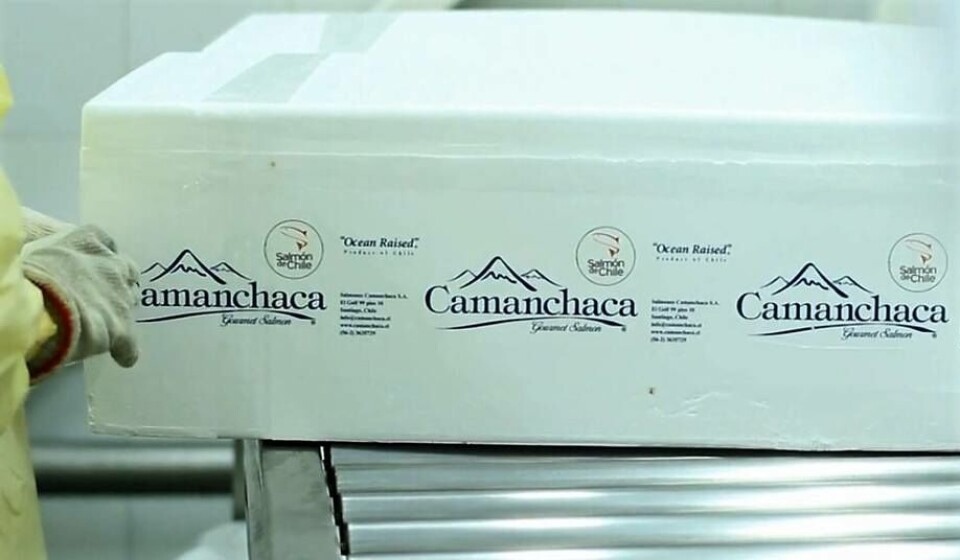
Algal blooms cost Camanchaca £5.4m
Chilean fish farmer Salmones Camanchaca lost 1.6 million Atlantic salmon, the equivalent of 2,700 tonnes of biomass, because of a recent algal bloom, it said in a market update.
The mass mortalities will cause it a direct financial loss of $7.5 million (£5.4m), net of estimated insurance claims.
The appearance of toxic algae in the Comau Fjord, Los Lagos region, progressively affected four Camanchaca farming sites - Leptepu, Porcelana, Loncochalgua and Marilmó – and killed half of the 3.2 million fish being grown.
Bigger than anticipated
“This unforeseen natural phenomenon was far reaching, which demanded more time, resources, logistical and human efforts than initially anticipated for the containment of mortality and the transfer of surviving fish as well as the removal and disposal of those that did not survive, all of which [took place] under the context of operational restrictions and limitations of the [Covid] pandemic,” said Camanchaca.
“However, as of this date, the removal of mortality from all the affected sites has been completed, which has been and will be disposed of in specialised and authorised plants for this purpose.”
Rendering plants
Around 6,000 tonnes of salmon have been killed in Chile as a result of algal bloom in the last few weeks. Wellboats, deep-sea fishing vessels and barges with bins on board have been used to transport mortalities to rendering plants for conversion into fish meal and oil.
Salmones Camanchaca, which harvested 53,000 tonnes (whole fish equivalent) of Atlantic salmon last year, expects to harvest between 41-44,000 tonnes in 2021.
It expects that to increase to 60,000 tonnes in 2023, along with 10,000 tonnes of other salmonids.






















































